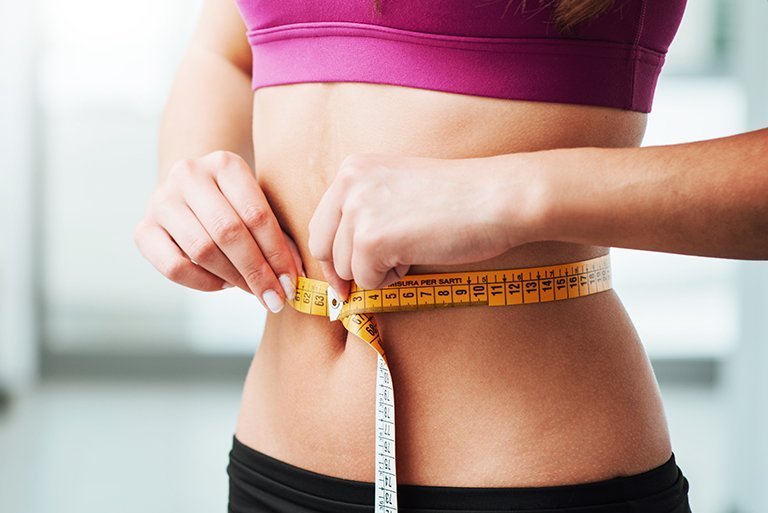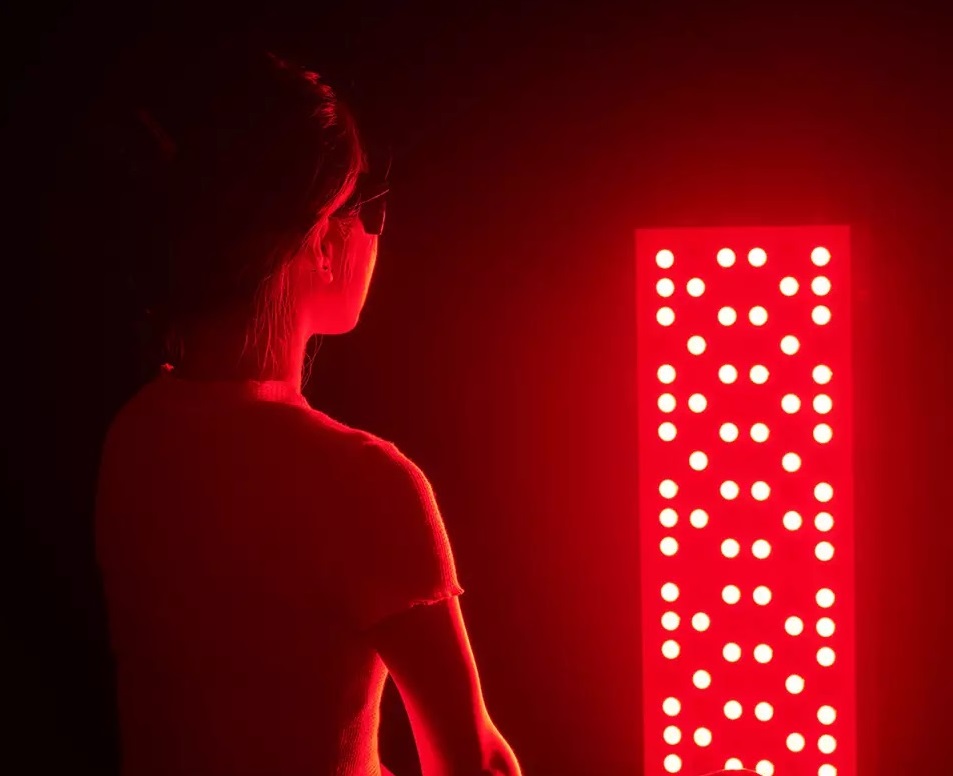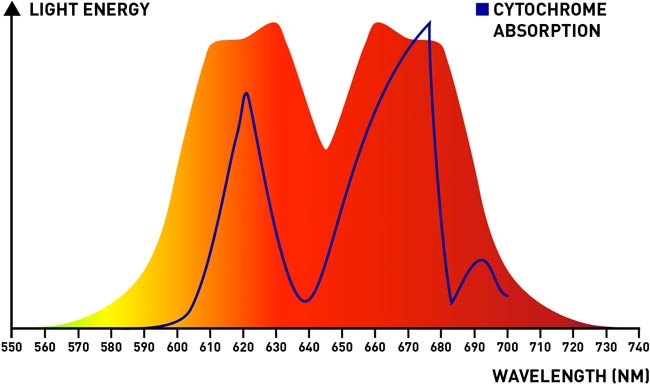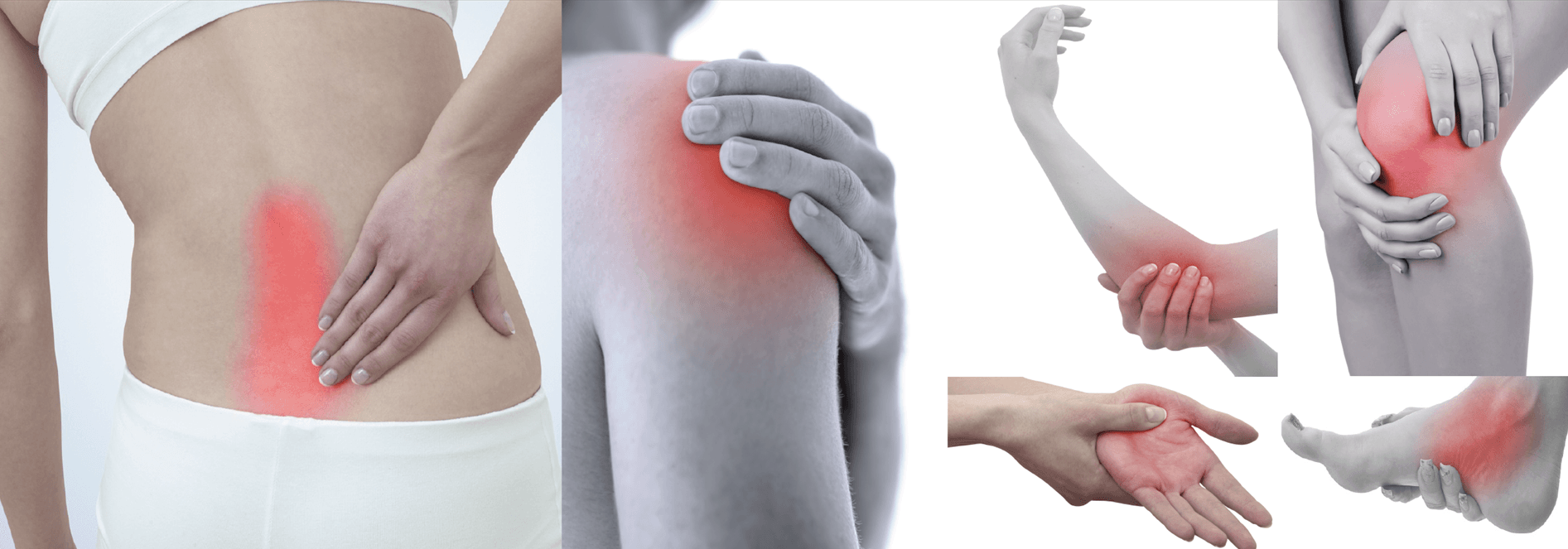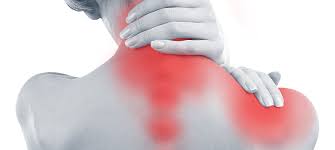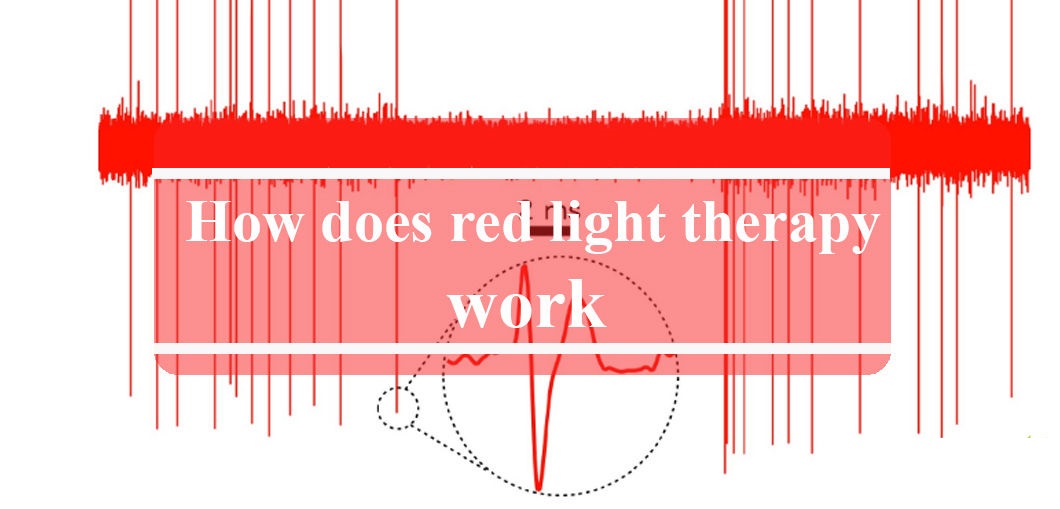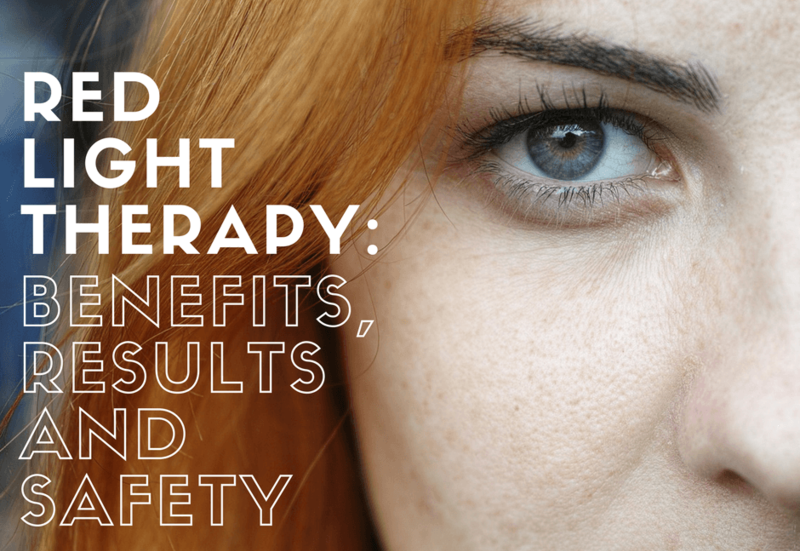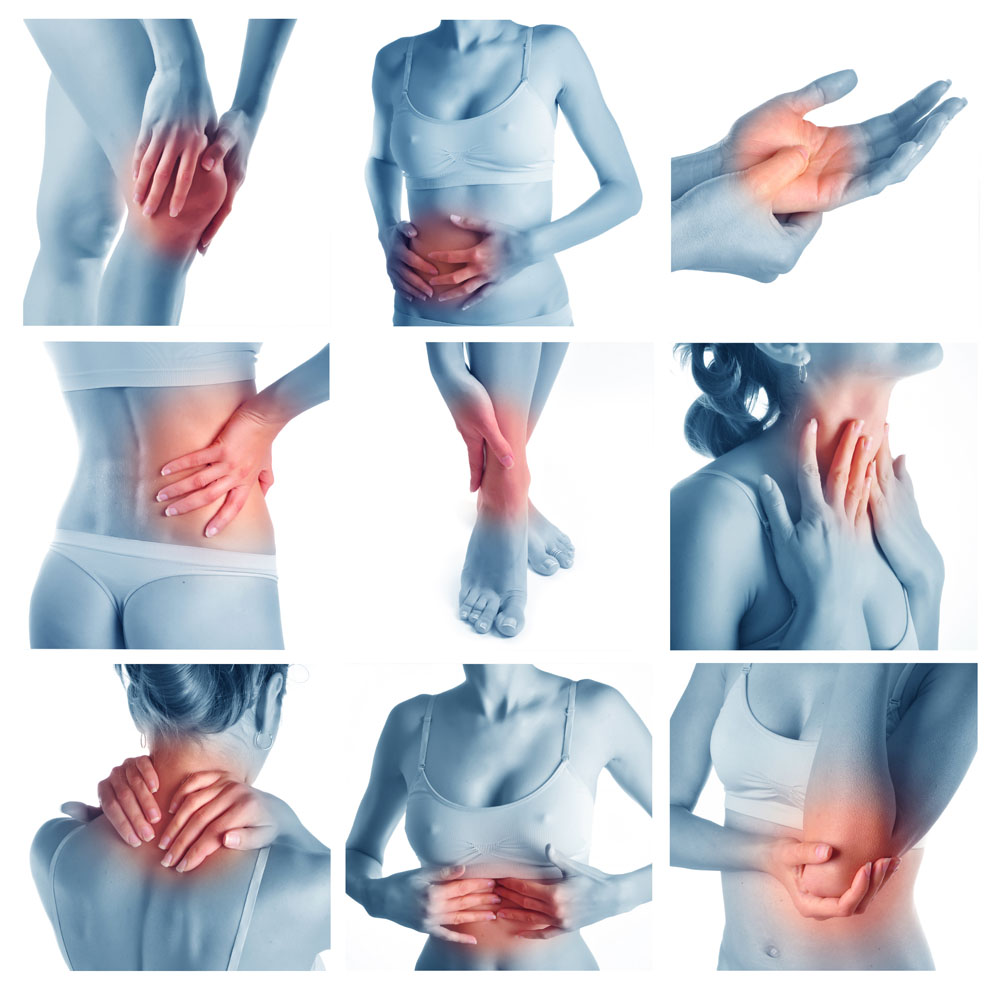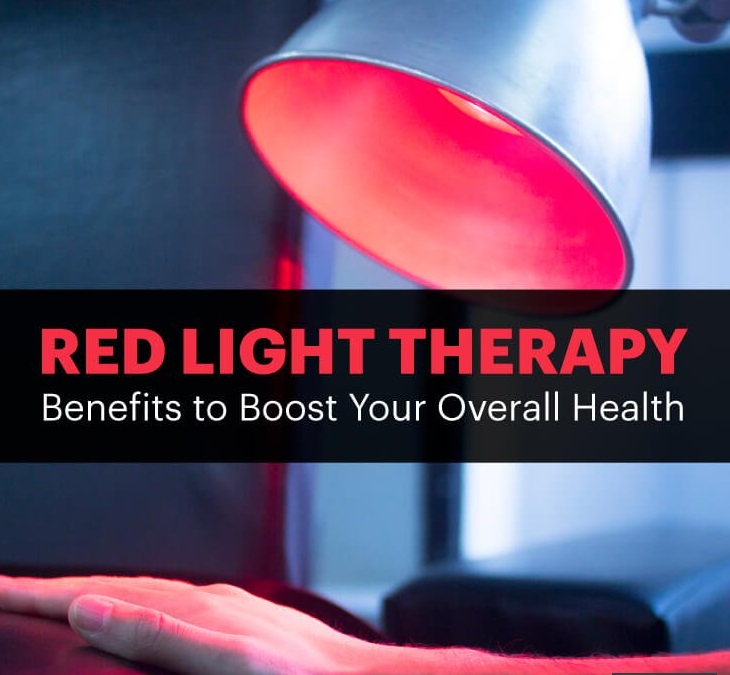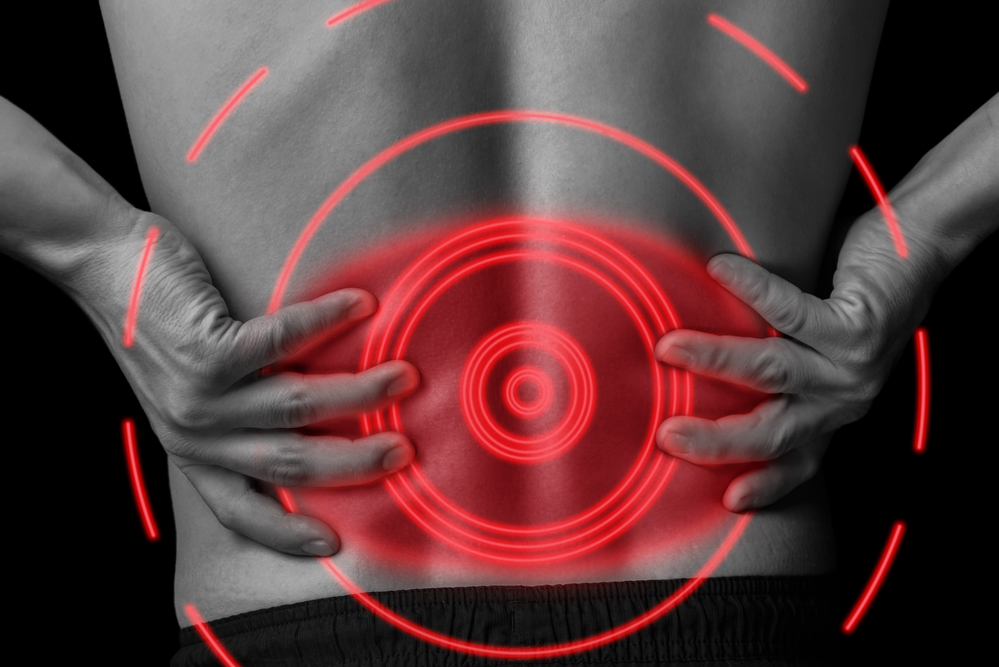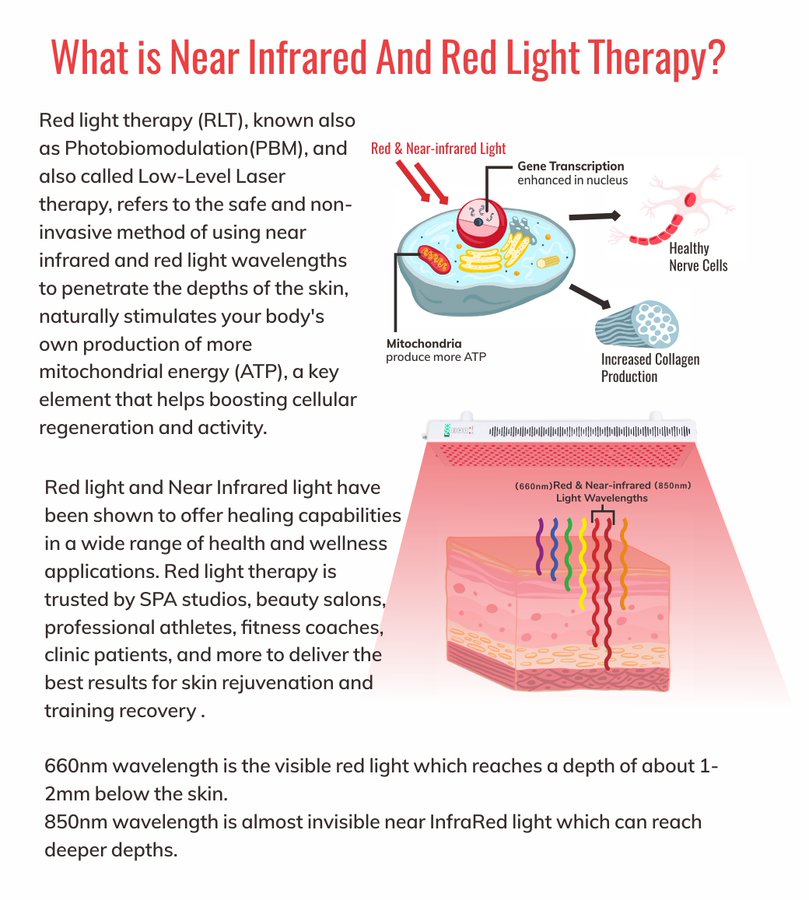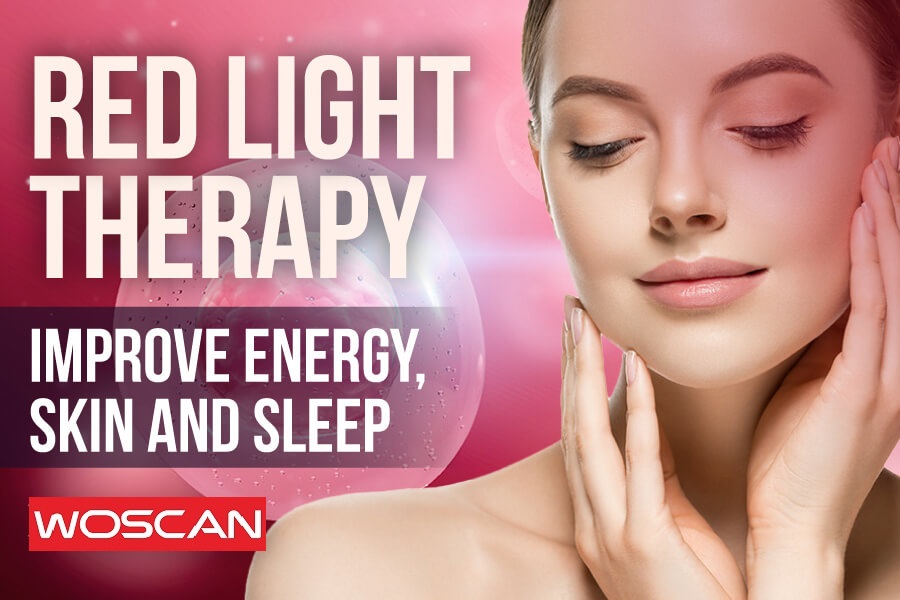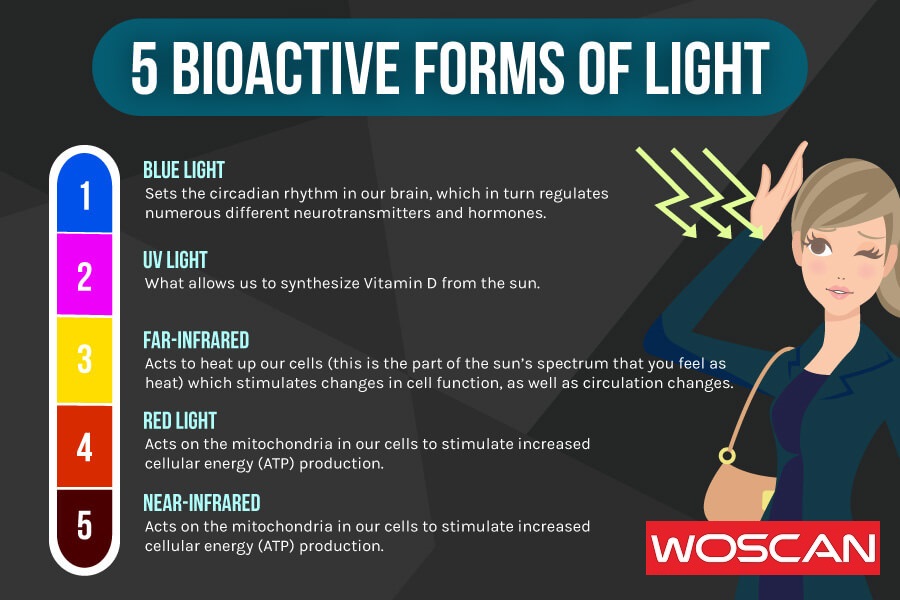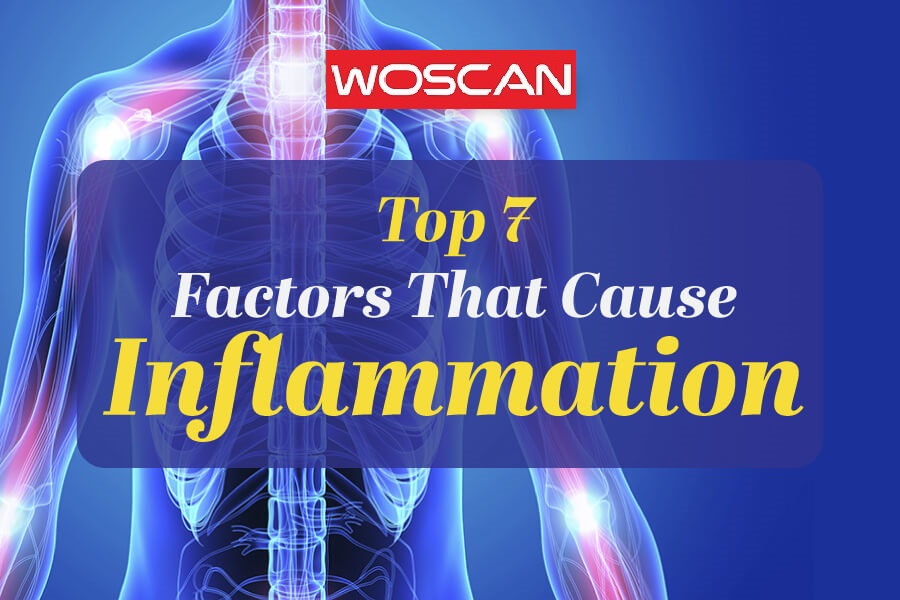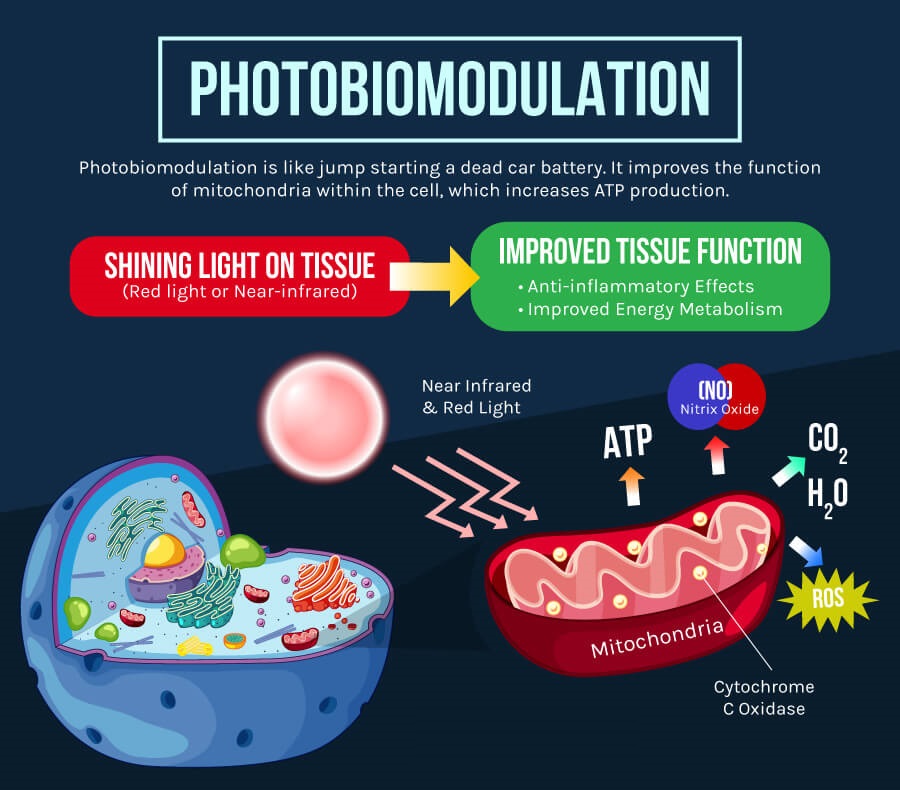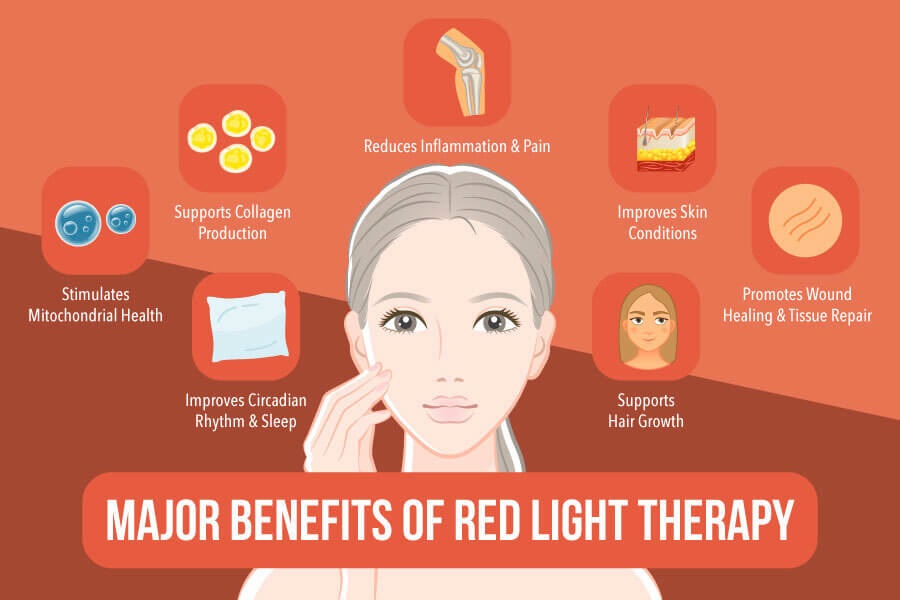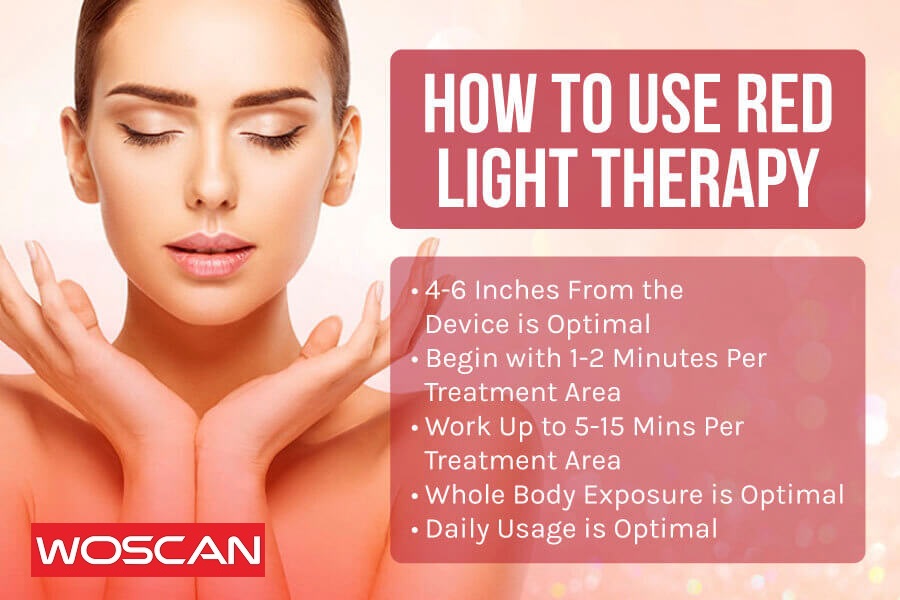
In the ever-evolving beauty and wellness landscape, few treatments are as intriguing and promising as Red Light Therapy (RLT). Not only has RLT become a go-to solution for skincare enthusiasts looking to rejuvenate their skin, but its applications have also expanded to areas many wouldn’t expect, most notably, spot fat reduction. For those on the quest for a non-invasive, painless, and effective method to target stubborn fat deposits, RLT offers a beacon of hope.
This article dives deep into the science and benefits of using red light therapy for spot fat reduction, offering insights for those considering this innovative treatment. Whether you’re new to the concept or are simply seeking more detailed information, let’s illuminate the path to understanding how RLT might be the solution you’ve been searching for.
What is Red Light Therapy (RLT)?
Red Light Therapy, often referred to as RLT, is a therapeutic technique that harnesses the power of specific wavelengths of light to stimulate cellular activity. Its origins can be traced back several decades when early applications were used in space programs to promote the growth of plants. Fast forward to more recent times, and the technology has been refined and researched extensively for its numerous potential benefits to human health.
At the heart of RLT is its interaction with our body’s cells, specifically the mitochondria, often dubbed the ‘powerhouses’ of the cell. Mitochondria are responsible for producing adenosine triphosphate (ATP), a molecule that transports energy within cells. When red light penetrates the skin, it is believed to stimulate these mitochondria to produce ATP at an accelerated rate. This increased energy production can then support various cellular functions and reparative processes.
It’s crucial to note that not all light is created equal. The visible light spectrum ranges from violet to red, with each color having its own wavelength. RLT specifically uses wavelengths between 630 to 670 nm and 810 to 880 nm. These wavelengths are particularly effective at penetrating the skin to a depth where they can offer therapeutic benefits without causing harm or discomfort.
In recent years, the application of RLT has grown in popularity due to its potential benefits ranging from skin rejuvenation to wound healing and, as we will discuss in depth, spot fat reduction. The non-invasive nature of RLT, coupled with its scientifically backed results, has positioned it as a sought-after treatment in the realms of beauty, wellness, and medicine.
How Can Red Light Therapy Aid in Spot Fat Reduction?
Spot fat reduction has been a topic of interest for many, given the challenge of reducing fat in specific areas of the body through traditional means such as diet and exercise alone. Red Light Therapy (RLT), offers a groundbreaking approach to this challenge.
The principle behind RLT’s potential for spot fat reduction lies in its ability to affect adipocytes, commonly known as fat cells. When these cells are exposed to specific wavelengths of light, they undergo a process called photobiomodulation. This process leads to the creation of temporary pores in the cell membrane, allowing fatty acids to leak out and be used as energy elsewhere in the body.
Evidence from scientific research underpins the potential of RLT in this arena. In a study titled Efficacy of low-level laser therapy for body contouring and spot fat reduction, the researchers delved into understanding the effectiveness and mechanism of RLT for body contouring. The study’s findings were revealing: “This study examined the effectiveness and mechanism by which 635–680 nm LLLT acts as a non-invasive body contouring intervention method.” [1] The results from this research showcased the potential of RLT, specifically within the 635-680 nm range, as a viable option for individuals looking to target and reduce unwanted fat deposits.
Further strengthening the case for RLT in spot fat reduction is another compelling study, Efficacy and safety of a novel combined 1060-nm and 635-nm laser device for non-invasive reduction of abdominal and submental fat. This research introduced a combined approach using two distinct wavelengths, shedding light on its outcomes: “The dual wavelength device combining 1060-nm diode laser with 635-nm LLLT was safe and effective for non-invasive reduction of both abdominal and submental fat.” These findings indicate that by strategically pairing different wavelengths, there’s an enhanced capacity for targeting and reducing fat in specific areas, such as the abdomen.
The innovative application of RLT, supported by rigorous scientific research, presents a promising avenue for those seeking non-invasive spot fat reduction. As we continue to understand and refine this technology, it’s evident that RLT holds significant potential in revolutionizing the way we approach body contouring and targeted fat loss.
Benefits of Using Red Light Therapy for Spot Fat Reduction
Red Light Therapy (RLT) has rapidly gained traction as a preferred method for spot fat reduction, and for good reasons. Here’s a breakdown of the multiple benefits it offers:
- Non-Invasive Treatment: One of the most significant advantages of RLT is that it’s non-invasive. This means that there are no incisions, needles, or surgical procedures involved, eliminating the risks associated with surgeries like liposuction.
- Painless Procedure: Unlike other treatments that may cause discomfort or pain, RLT is virtually painless. Most individuals describe the sensation as a gentle warmth, making it a preferred choice for those with a low pain threshold.
- Minimal to No Downtime: Given its non-invasive nature, RLT doesn’t require significant recovery time. Most individuals can resume their daily activities immediately after a session, making it a convenient option for those with busy lifestyles.
- Skin Rejuvenation: Apart from fat reduction, the red light also stimulates collagen production, leading to firmer, smoother, and more youthful-looking skin. This dual benefit of fat reduction and skin enhancement makes RLT a sought-after treatment for many.
- Reduced Cellulite Appearance: While RLT primarily targets fat cells, there’s evidence to suggest that it can also help reduce the appearance of cellulite. By promoting collagen production and improving skin elasticity, RLT can smoothen the skin’s texture.
- Safe and Effective: Numerous studies, including those mentioned previously, have shown that RLT is both safe and effective for spot fat reduction when performed correctly under the guidance of trained professionals.
- Complementary to Other Treatments: RLT can be paired with other fat reduction methods or wellness treatments, allowing for a comprehensive approach to body contouring. It can act as a standalone treatment or complement other procedures.
- Consistent and Lasting Results: With a series of treatments, many individuals notice a significant reduction in fat in targeted areas. By maintaining a healthy lifestyle post-treatment, the results can be long-lasting.
- Natural Process: RLT works by stimulating the body’s natural processes. It enhances cellular activity, causing fat cells to release their contents, which the body then uses as energy. This natural method is preferred by many who are wary of synthetic or chemical interventions.
- Wide Application Range: RLT isn’t limited to any specific part of the body. Whether it’s the abdomen, thighs, arms, or submental area (under the chin), RLT can be applied effectively for spot fat reduction.
Red Light Therapy presents a confluence of benefits, making it a prime choice for those looking to target stubborn fat deposits without undergoing invasive procedures. Its holistic approach, coupled with its safety and efficacy, positions it as a powerful tool in the world of body contouring and beauty treatments.
Tips for Enhancing Red Light Therapy Results for Fat Reduction
When diving into Red Light Therapy (RLT) for fat reduction, it’s essential to recognize that while the therapy itself is potent, your overall lifestyle and approach can significantly amplify its benefits.
To start with, hydration plays a crucial role. Ensuring you’re well-hydrated before and after sessions not only supports general health but also aids in flushing out toxins and broken-down fat cells from the body. This action enhances the fat reduction effect of RLT.
Diet, too, is inseparable from any fat reduction endeavor. Embracing a diet rich in whole foods, especially fresh fruits, vegetables, lean proteins, and healthy fats, gives the body the nutrients it needs to function optimally. On the other hand, processed foods, excessive sugar, and unhealthy fats might slow down the positive impacts of RLT.
Then there’s the role of physical activity. Regular exercise, particularly aerobic exercises, can act synergistically with RLT. As RLT works to release fat from cells, aerobic activities can help burn this fat and support lymphatic drainage, ensuring the released fat doesn’t get stored again.
Consistency in attending RLT sessions as recommended is also paramount. Results are more pronounced and sustainable when treatments are followed as per advised schedules.
Sleep, often an underrated aspect of health and recovery, can be a game-changer. Quality sleep fosters cellular repair and regeneration. Thus, ensuring a sound night’s rest can indirectly boost the benefits of RLT.
As you venture into RLT, it’s also worth exploring complementary therapies. Techniques like dry brushing can be incorporated to enhance blood circulation and lymphatic drainage. And while the RLT itself doesn’t cause skin damage, it’s wise to protect your skin from excessive UV rays, as overly tanned or sunburned skin might diminish the efficacy of the treatment.
Lastly, maintaining an open line of communication with your health professional ensures you’re updated on any new developments in the RLT field. They can provide insights, adjust treatments, and give feedback, ensuring you’re on the right track.
In essence, while RLT is a formidable tool in spot fat reduction, its success is intertwined with a holistic approach to well-being. Balancing the therapy with a healthy lifestyle will undeniably yield the best results.
Red Light Therapy (RLT) has emerged as a compelling and non-invasive option for spot fat reduction, capturing the attention of both health enthusiasts and professionals alike. Its science-backed benefits offer a unique convergence of cellular rejuvenation and fat cell reduction. However, as with many health interventions, the holistic approach matters.
While RLT can be a cornerstone in one’s journey toward better physical aesthetics and health, its efficacy is maximized when integrated into a broader tapestry of a balanced diet, regular exercise, and mindful lifestyle choices. By viewing RLT not just as an isolated treatment, but as a part of an overarching health regimen, individuals stand to reap the most profound benefits, both in terms of appearance and overall well-being.
[1] Caruso-Davis MK, Guillot TS, Podichetty VK, Mashtalir N, Dhurandhar NV, Dubuisson O, Yu Y, Greenway FL. Efficacy of low-level laser therapy for body contouring and spot fat reduction. Obes Surg. 2011 Jun;21(6):722-9. doi: 10.1007/s11695-010-0126-y. PMID: 20393809; PMCID: PMC5225499.
[2] Moon IJ, Choi JW, Jung CJ, Kim S, Park E, Won CH. Efficacy and safety of a novel combined 1060-nm and 635-nm laser device for non-invasive reduction of abdominal and submental fat. Lasers Med Sci. 2022 Feb;37(1):505-512. doi: 10.1007/s10103-021-03288-z. Epub 2021 Apr 2. PMID: 33797649.


